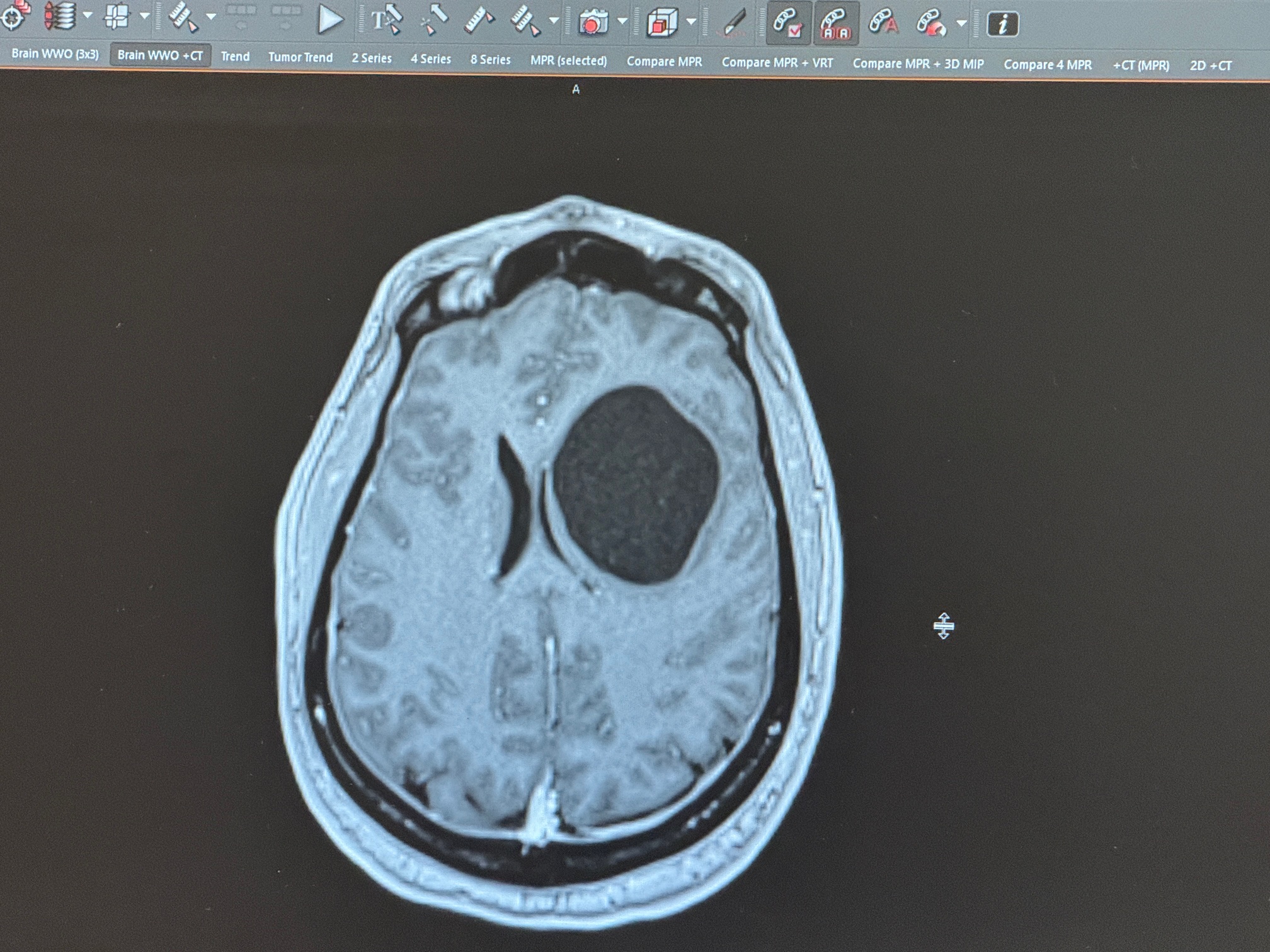USTA Texas is gearing up for a “hackathon” later this year, which revolves around the concept of using design-oriented thinking. Since that is a recurring theme in this blog, I obviously think that is a brilliant initiative. During the build-up to the hackathon, the Section is running a series of webinars to help the volunteers and staff go into the event with the right mindset. For example, earlier this month, the topic was “Culture of Innovation.” Something emphasized during that talk sparked this weekend’s series of posts. However, like so much of the journey of discovery that is this site, it took a somewhat unexpected initial turn.
One of the central ideas emphasized in the “Culture of Innovation” webinar was the importance of fully understanding the problem you’re trying to solve before jumping to solutions. That is another recurring drumbeat on this site. When making changes to the tennis delivery and regulatory systems, meaningful progress can only happen by addressing the underlying issues rather than trying to slap quick fixes on the symptoms. It’s a deceptively simple concept, but one that often gets overlooked in the rush to do something.
Beyond problem-solving, innovation is also required to recognize and exploit opportunities to improve. Innovation begins with the ability to recognize a gap or unmet need. True understanding puts us in a better position to see possibilities and problems. Sometimes, constraints or obstacles are actually the best launch points for fresh ideas and smarter solutions.
An inspirational quote attributed to Albert Einstein was shared during the webinar.
“If I had an hour to solve a problem I’d spend 55 minutes thinking about the problem and 5 minutes thinking about solutions.”
Inspirational Quote
While I agree with the sentiment, it is oddly specific. Additionally, it is highly unlikely that the German physicist originated this quote. However, Einstein did say some things that can also be used to help create a good mindset for pursuing innovation in a hackathon or any other setting. We will spend the rest of the weekend exploring some of those novel ideas.
One of the hardest challenges in any innovation-focused initiative—hackathon or otherwise—is resisting the urge to do something just for the sake of doing something. While that can feel productive, it leads nowhere without clear direction. True innovation emerges from solving clearly defined problems or seizing a thoughtfully identified opportunity. That kind of clarity requires discipline and focus, especially in environments with layered decision-making structures. The bureaucratic nature of committee-based governance is an area where the USTA, in general, has historically struggled.
I’m genuinely excited about the emphasis on innovation and the upcoming USTA Texas hackathon. It’s refreshing to see a structured effort encouraging creative thinking, rooted in thoughtful problem identification and opportunity recognition. If we get that part right—truly understanding what we’re trying to solve or improve—then the solutions that emerge will have a real chance at meaningful impact. I’m thrilled to see this mindset being championed and can’t wait to see what ideas take shape.



